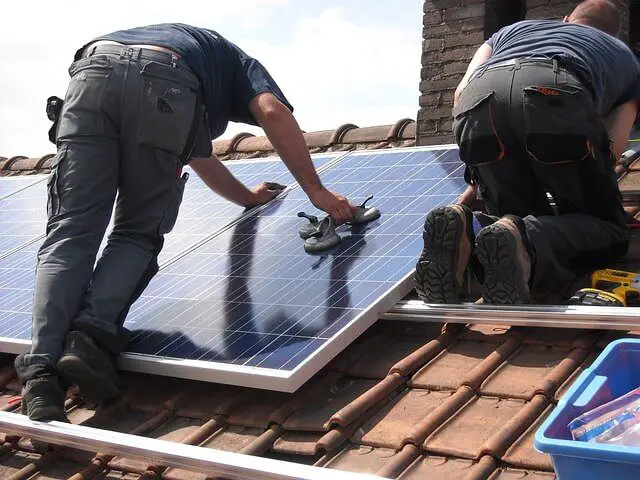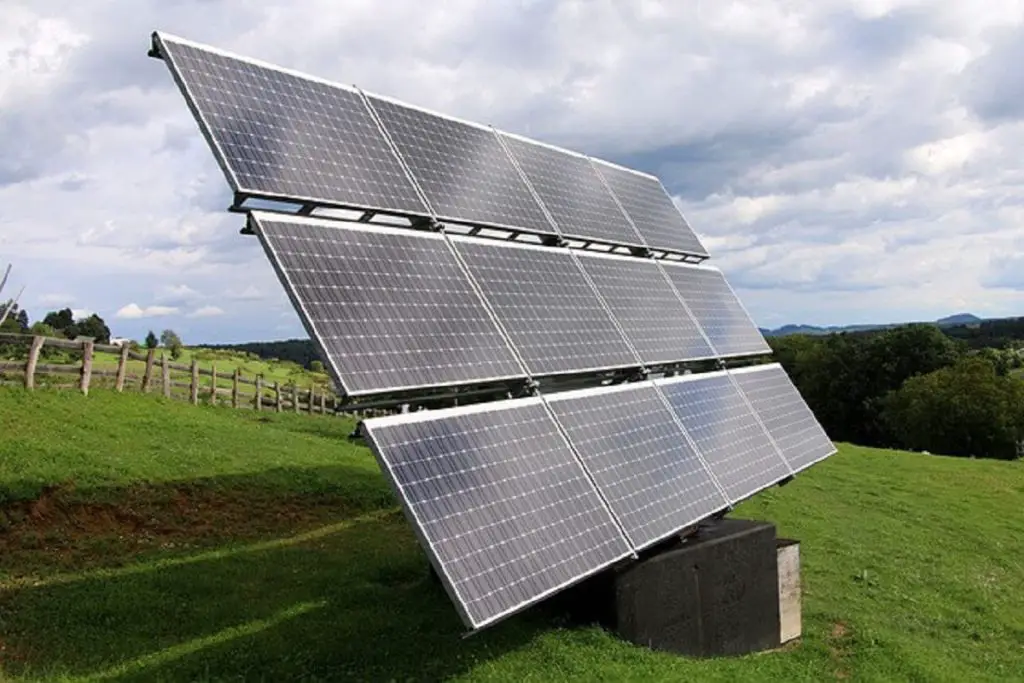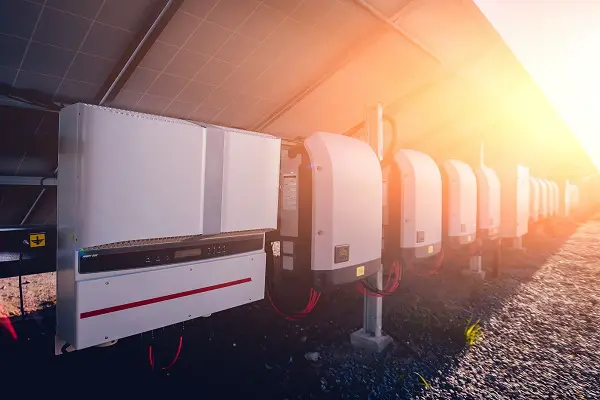What Are Solar Panels Made Of?
Indeed, the trend of solar cells and the use of solar energy is taking the world by power. People are more inclined towards renewable energy resources rather than the non-renewable energy resources now and that is because of the raised awareness regarding the environment among them by the social work and the media.
Solar energy is the most suitable form of energy that can be used nowadays because of the increasing effects of pollution that not only affect the environment but also the health of humans to a great extent. Solar cells are basically very tiny constituents of the solar panel.
With no doubt, the first investment of solar panels is quite expensive, but the monthly budget is very less to not at all.
Now a point to ponder is why the first investment so expensive? There must be some things in them which form the cause of its increased price. Let us explore them. (1)
Let us investigate the solar cells and find out what are they made up of?!
1. Silicon
Silicon is considered as the backbone in the components of solar cells. Almost all the solar cells are made of silicon and it won’t be saying wrong the major constituent of solar panels is the Silicon only and it holds the main part in the functioning of the cell too.
They have even been coined as the Silicon PV. Silicon is obtained from the sand that holds the granular structures of it. Those silicon particles are separated and transformed into the form of silicon wafers by making use of industrial processes.
The key benefit of using silicon is that it is present on Earth in tremendous quantity as sand is the second most abundant element on Earth. But the process of extracting and purifying silicon is expensive, which ultimately make the solar panels expensive too. (2)
2. An exterior aluminium frame:
Have you ever seen that thin layer of a material on the top of solar cells? Well, now you know that is an aluminium frame that basically frames the picture of all the solar cells. (3)
Every solar panel is made up of an exterior frame that is composed of the element of Aluminium which holds a significant role in the mechanical aspects of the cell.
Generally, they have nothing to do with the chemical properties or in the process of energy conversion. They provide support to the solar cells that are connected in bulk amount to constitute a single solar panel.The use of aluminium frame makes the fixation and transportation easier as well as protects it against the climatic changes.
The significance of aluminium frame can be described in this way that the solar panels are usually fixed on the roofs of the houses, so they are exposed to every sort of climatic change as well as the pollution aspects, but this layer prevents all of them reaching the sensitive solar cells – silicon wafer-based technologies.
3. The tempered glass

Beneath the layer of an aluminium frame, tempered glass is present that is kind of, for the same purpose as that of Aluminium frame.
The glass that is being used is the tempered one which is actually safer and stronger than the normal glass in a way that it not only is more resistive to external effects, but also holds a major safety content as it shatters into tiny pieces in case of an accident rather than like the edgier pieces of normal glass which can cause serious injuries and that’s why come up with longer tempered glass warranty.
It is made sure that the tempered glass is thick enough so that it can sustain all the external factors which can be faced while the solar cells are being showcased on the top of roofs. (4)
4. EVA and back sheet
It is something general that some sort of material is needed that holds the number of solar cells together so that they can form a single solar panel, well that job is made by EVA. EVA stands for Ethylene Vinyl Acetate which is basically a kind of glue that holds the cells together without affecting their mechanical and chemical aspects.
Despite this, there is a back-sheet present in solar cells that are also for the purpose of protection of them. The key purpose of the back sheet is to prevent the solar panels from getting into the moisture so that it does not disturb the general activity of solar cells.
An introduction of water in the chemical process of solar energy conversion might cause disruptions. (5)
5. Electrical composition
Junction boxes and diodes that play the role of interconversion of the solar energy in the electrical energy comes with the solar panels.
The construction of them basically involves the use of wires and diodes which are responsible for producing the electrical energy by making use of all the energy provided by the solar cells present in the solar panel. The diodes are of different values like diodes for 12 Volt systems values of which differ according to the system.
These electrical components of the solar panel are covered with superior materials so that they do not get affected by the climate or the external factors because if they do, then it might create certain serious problems and even accidents.
So now, the wires on the back of solar panels do make sense to you. Don’t they? (6)
Take Away
All in all, we believe that now you do know about the construction of solar panels. Solar panels are basically made up by combining around 70 to 80 numbers of solar cell’s minimum and this number may vary according to the type and size of the solar panel.
The fact is that they are not holding the aspect of being solar panels for homes, but also in several industrial and global processes.
Now you can figure out the different components of solar cells as well as have a brief knowledge of their functioning and purpose of being there. Time to explore solar cells now. Are you ready to identify the components enlisted above?
P.S. If you find this post useful and interesting, please do not hesitate to share it.
If you have something to add- Leave a comment below!



